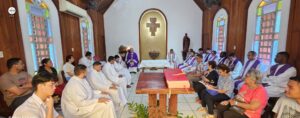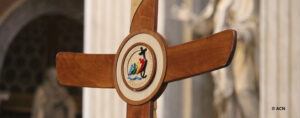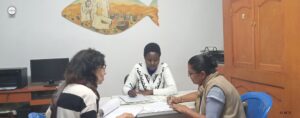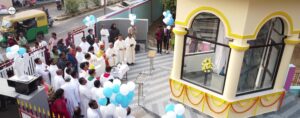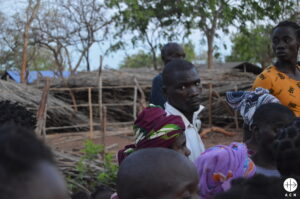In December, Maxime François-Marsal, head of section for Aid to the Church in Need (ACN)’s French-speaking countries in Central Africa, travelled to Congo-Brazzaville, also known as the Republic of the Congo—a nation which borders Angola, Cameroon, Central African Republic, and the Democratic Republic of the Congo. In this interview, he speaks about the situation of the Congolese Church and how ACN has contributed to its development.
Congo-Brazzaville isn’t in the news much. How would you describe the country?
That’s true, you don’t hear much about this country. And what is more, it is often confused with the neighbouring Democratic Republic of the Congo, which is much larger and is more widely discussed and spoken about in the media. Congo-Brazzaville covers 342,000 km² and has a population of around six million people. Despite its natural wealth and income generated by exports of wood and oil, the people are very poor—not only financially, but morally.
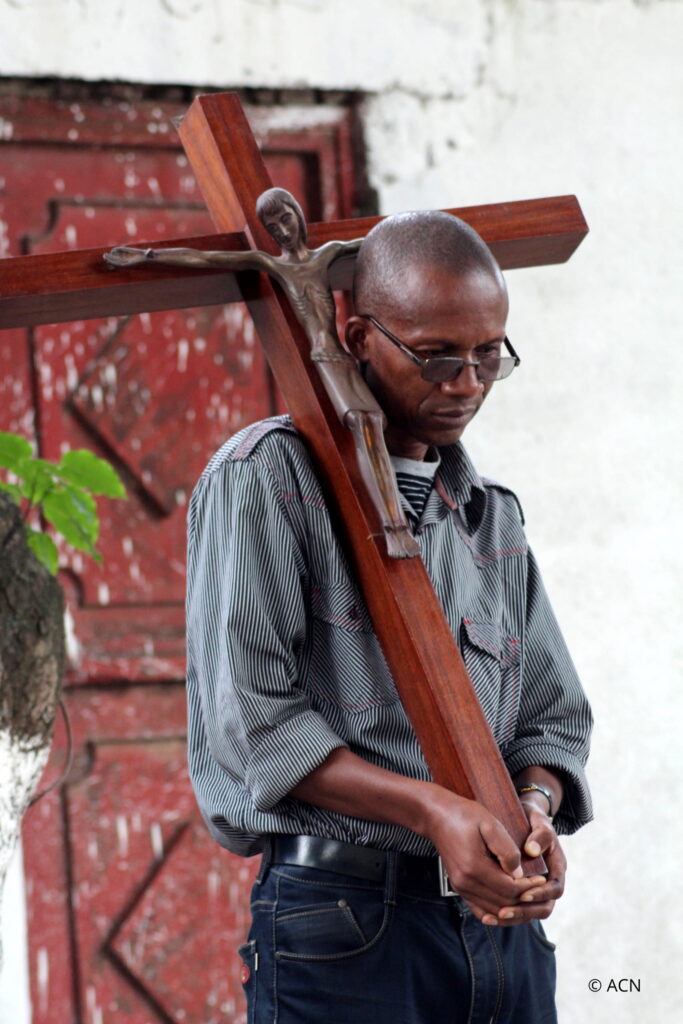
Congo-Brazzaville has a turbulent history, which has left its mark on the population. It went through a terrible war at the end of the 1970s, which saw the current President Denis Nguesso, a military man, rise to power in 1979. In 1997, forces loyal to Nguesso fought in another civil war against supporters of Pascal Lissouba, who had been elected president of the Republic in 1992. As a result of that war, Lissouba was forced into exile. All of this had a deep effect on the population; thousands were killed or displaced. Nguesso has been in power since then, and people live their daily lives, just trying to survive and find some peace.
What is the current situation of the Church?
The Church acts with a certain amount of freedom, but that has not always been the case. The country was a French colony and gained independence in 1960. After that, in 1970, there was a period of socialism, with terrible consequences for the Church. One day, with no prior warning, the socialist government nationalized all Catholic schools and imposed restrictions on religious activities, as well as on Church participation in public affairs. Until 1991, the national flag was red, with the hammer and sickle as the national symbols. Now the Church has regained some of this lost ground, but there is still much to do. In other countries such as Cameroon, for instance, around 50% of the schools are Church-run, whereas in the Congo, only around 10% of the schools are run by the Church. Catholics make up around 47% of the population, and Protestants around 48%, with around 1.5% Muslims, and a small group of followers of traditional African religions.

One of the victims of the regime at that time was Cardinal Émile Biayenda. Is he still remembered by the faithful?
He is a much beloved figure because he was a man who strived for peace. Even the non-Catholics admire and respect him. He was murdered in 1977, at the start of the civil war. In the course of one week, three very important national figures were murdered: the then President Marien Ngouabi, Cardinal Biayenda, and former President Alphonse Massamba-Débat, who was executed. The cardinal constantly urged people to “stay calm and trust in God.” Despite the growing danger, he refused to leave the country, saying: “I would gladly give my life for Christ.” Unfortunately, a few hours later, he was shot. There is currently a cause open for his beatification.
What are the main challenges that the Church in Congo-Brazzaville faces?
There are few vocations for the religious life among women, and the rise of Protestant sects is worrying. Poverty fills people with despair, and the fight for survival is extremely tough. Despite everything, I believe that the Church in Congo-Brazzaville is full of wonderful people and exceptional priests. They need us to give them hope, and to help them and their communities to prosper.
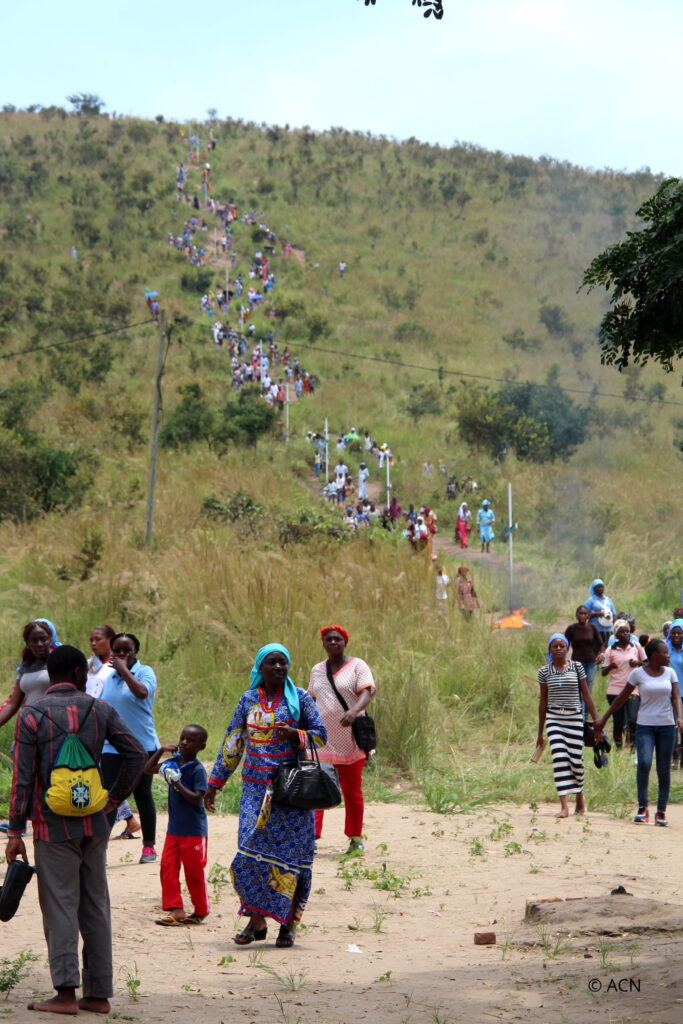
What would you highlight from your trip?
One of the most moving moments was in Impfondo, when we had to stop the car we were travelling in to ask for water, since the radiator had burst. There, in the middle of nowhere, we ran into a Congolese family who live in the jungle (they are sometimes referred to as pygmies, though this is a slur in Congo). Many of them live in great poverty and have no access to education. Few of them have become Catholic because they tend to reject anything new. One of the children started crying when he saw us, and when we asked why, they told us it was because he had never seen a white person, since they don’t have contact with outsiders. But it was very impressive, because when we found this family and asked them for water, not only did they give it to us, but they received us very warmly and insisted we stay in their house. These are very small houses, made of branches and leaves. They are very poor people, yet they offer everything they have.
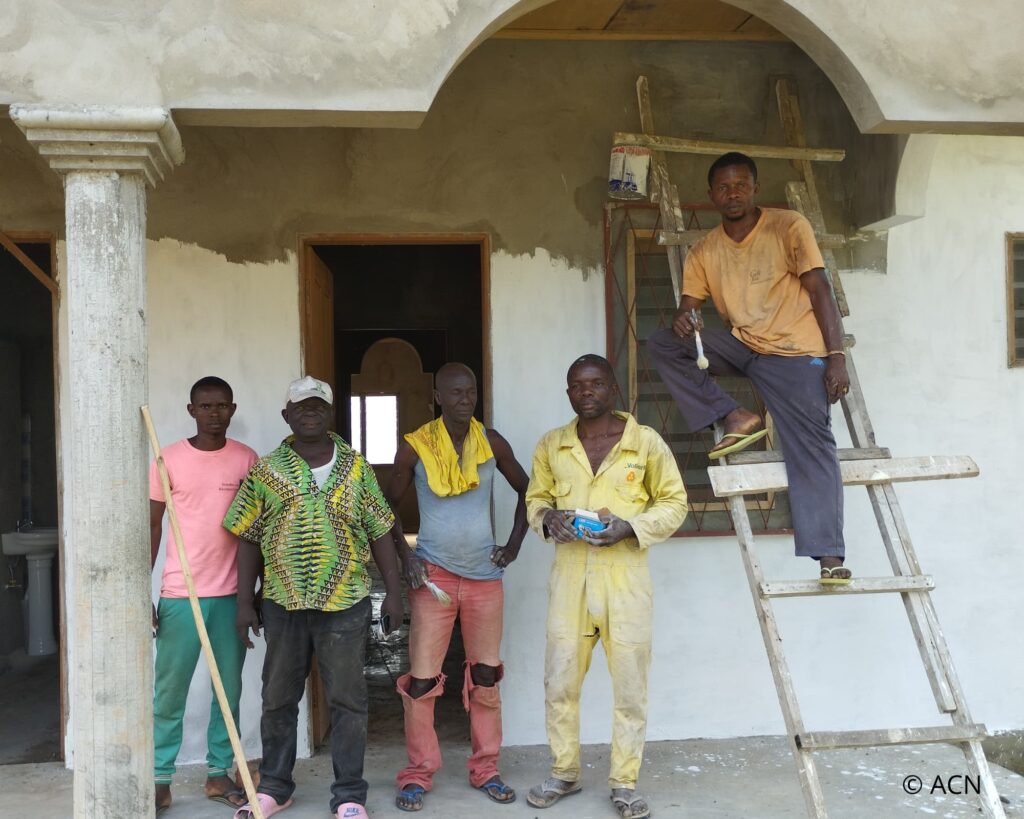
How does ACN help the Church with its work in such a challenging country?
ACN has carried out many projects: formation of seminarians, resources for purchasing vehicles, educational projects, houses for priests… During our visit to the seminary in Brazzaville, where we celebrated Mass, I was impressed by the attitude of the formators, who are very dedicated to preparing good priests. We were also very warmly welcomed by the boys, girls, and religious sisters at the orphanage of Saint Marie Véronique, in Owando, who greeted us with songs and seemed overjoyed at our visit. We recently helped the orphanage buy a car. We have many of these projects in Congo-Brazzaville, because there is a great need for vehicles, since the distances are enormous and the roads are in a pitiful state, in addition to often being flooded.
With all these difficulties and challenges that the Church faces in Congo-Brazzaville, is there reason for hope?
It is true that the people are very poor, and they feel powerless and desperate, but their faith is strong. Despite all the difficulties, they work tirelessly and in extreme conditions, persevering in their mission. Recently, new bishops were nominated, and they have very positive and refreshing attitudes. As the sisters told us at the orphanage we visited, the mission of the Church could be summed up as: “keep on struggling for the cause and the mission.” So yes, there is hope.
Aid to the Church in Need has funded over 200 projects since 2017 for the formation of over 1,700 seminarians, as well as providing Mass stipends, catechetical materials, and parish houses, all contributing to the mission of the Church in Congo-Brazzaville. The charity has also supported and funded construction and transport projects to strengthen pastoral work.



